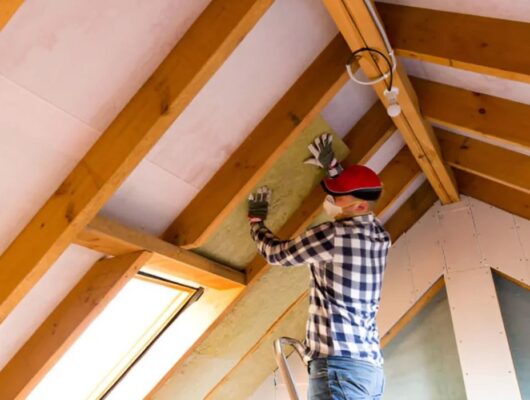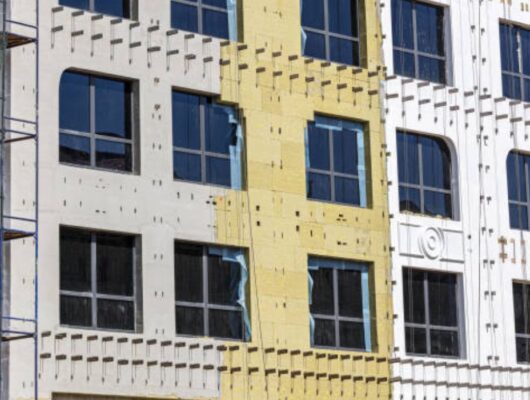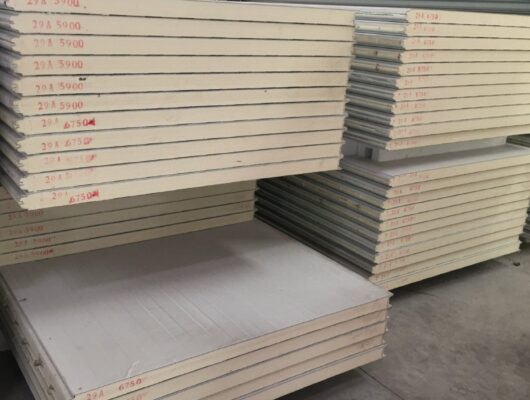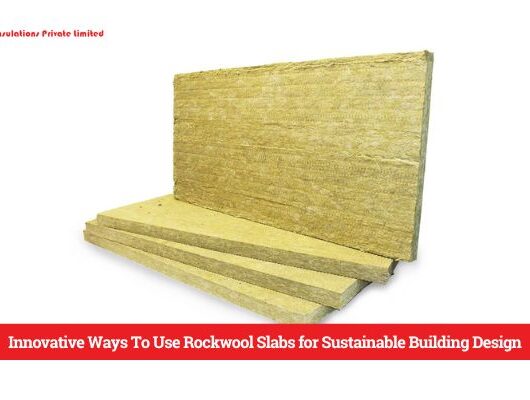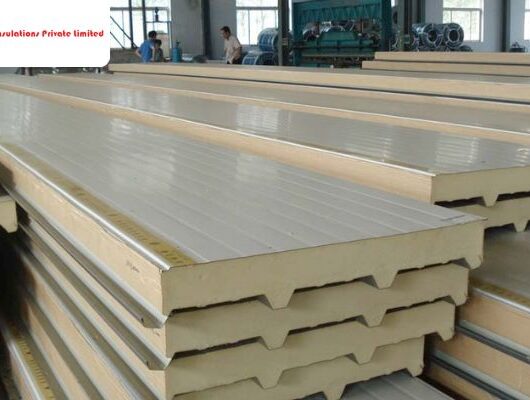Sound insulation (also known as acoustic insulation) is a special type of insulation technique that is designed to limit the amount of noise that is transferred between the spaces.
This type of insulation helps in creating a quieter and more comfortable environment in both residential and commercial buildings.
How Does Sound Insulation Work?
Different waves of sound flow through air and when they come into contact with a surface, they are either reflected, absorbed or transmitted. Surfaces that are hard and smooth reflect sound, which creates a noisy surrounding.
Sound-absorbing and sound-blocking materials contribute to the creation of quieter environments inside buildings. The purpose of sound insulation is to reduce the amount of noise that is transferred by absorbing sound waves.
In comparison to standard thermal insulation, it is both thicker and denser, making it an excellent choice for soundproofing.
But the effectiveness of sound insulation depends on its ability to absorb and block the sound waves. Let us understand how:
- Absorption: Materials used for sound insulation are good at absorbing sound waves that prevent them from bouncing back into the room. Which helps in reduction of echo in the room.
- Blocking: Dense and thick materials are best for blocking sound waves to pass through walls, floors, ceilings. Which helps in reducing the transfer of noise between the rooms.
This is why sound insulation materials are created by keeping both the properties (absorption and blocking) in mind to effectively reduce the noise.
Types of Sound
There are two types of noise for which sound insulation is used.
- Airborne Noise: This includes all the sound that travels through air. Such as music, traffic noise, people talking, etc.
- Impact Noise: Sounds that are generated by the impact on surfaces. Such as walking on a floor, the vibration of a smartphone, etc.
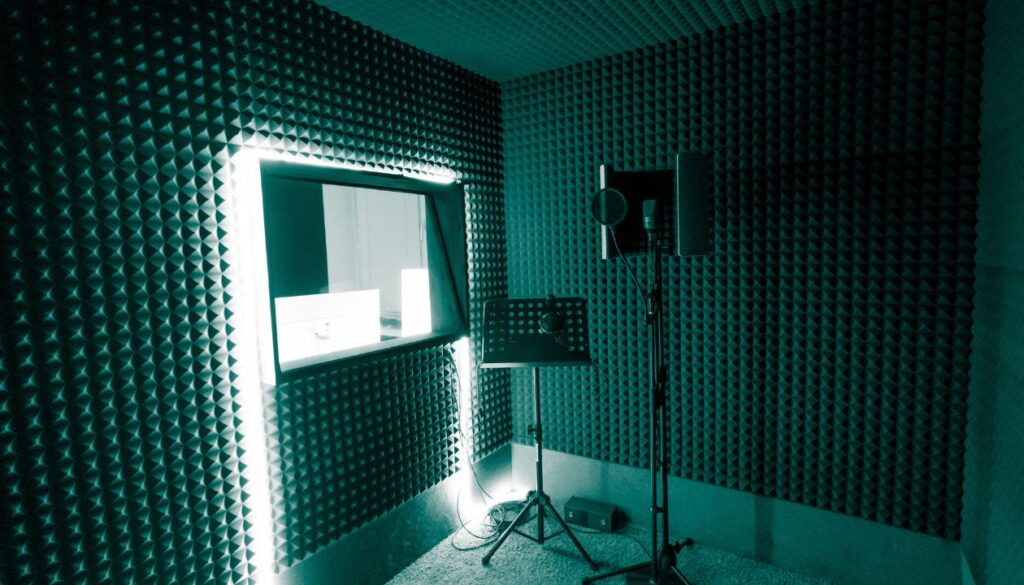
Materials used for Sound Insulation
There are 4 types of materials that are used in creation of sound insulation:
- Fibreglass: Known for its excellent sound absorption properties.
- Mineral Wool: Denser than fibreglass, offering both sound and thermal insulation.
- Foam Panels: Used for sound absorption in studios and similar settings.
- Acoustic Panels: Specialised panels designed to reduce echo and improve sound quality within a room.
Soundproofing vs Sound Absorption
Soundproofing: It is done to prevent the sound from either entering or leaving the room. It involves changing of the area through construction or by creating a barrier that blocks the transmission of sound.
Sound Absorption: It focuses on reducing the amount of sound within a room by using the materials that absorb sound waves. It helps in reducing the echo in the rooms.
Benefits of Sound insulation
1) Privacy: It helps in reducing the amount of noise between rooms, thus ensuring privacy to your conversations.
2) Comfort: It creates a quieter living and working environment. Which makes your life more comfortable by improving concentration during work hours and relaxation at home.
3) Improves Temperature: It also provides the benefit of sound insulation by regulating indoor temperatures.
Uses of Sound insulation
Sound insulation can be used at a variety of places. Such as:
1) Residential Homes: It is used in walls, floors, and ceilings that helps reduce the transfer of noise between rooms.
2) Commercial Buildings: It is used in schools, hospitals, offices, and other commercial places to create a comfortable and quiet work environment.
3) Studio and Theater: Studio and Theater and very common places where sound proofing is used as it helps prevent the outside noise from entering the room and improve the quality of sound.
4) Industries: Now many industries have started using sound proofing to help reduce the noise from machinery and improve the comfort of workers.


